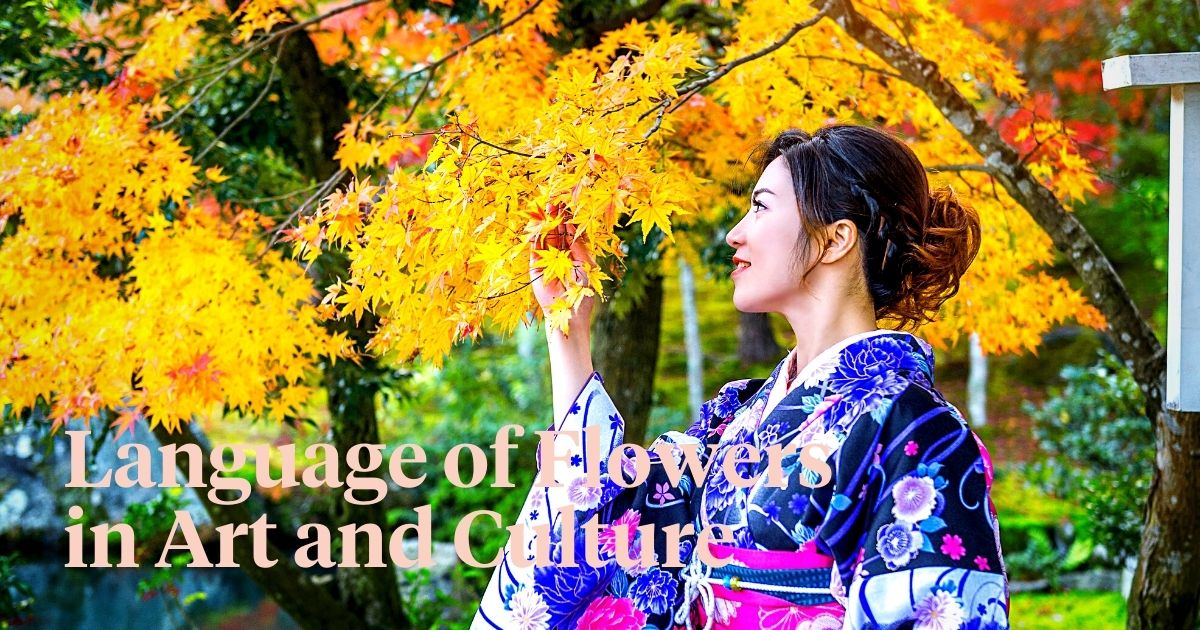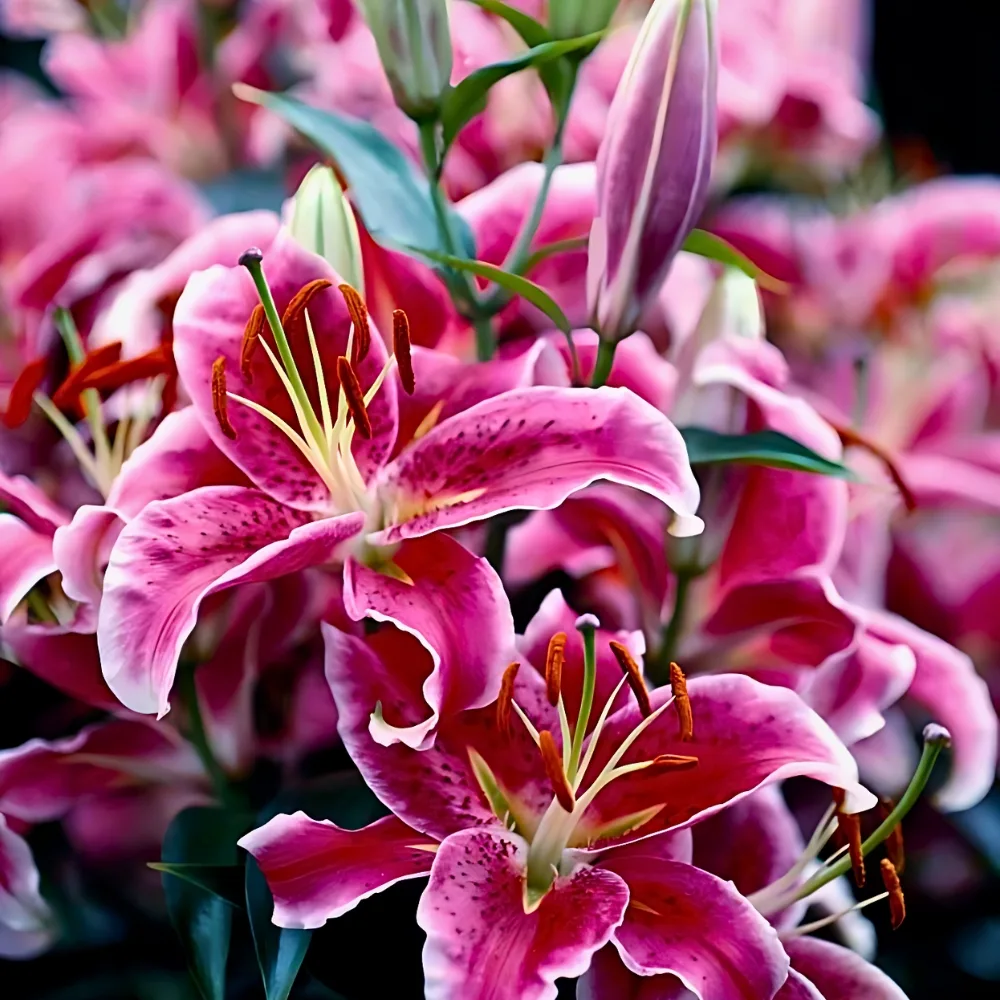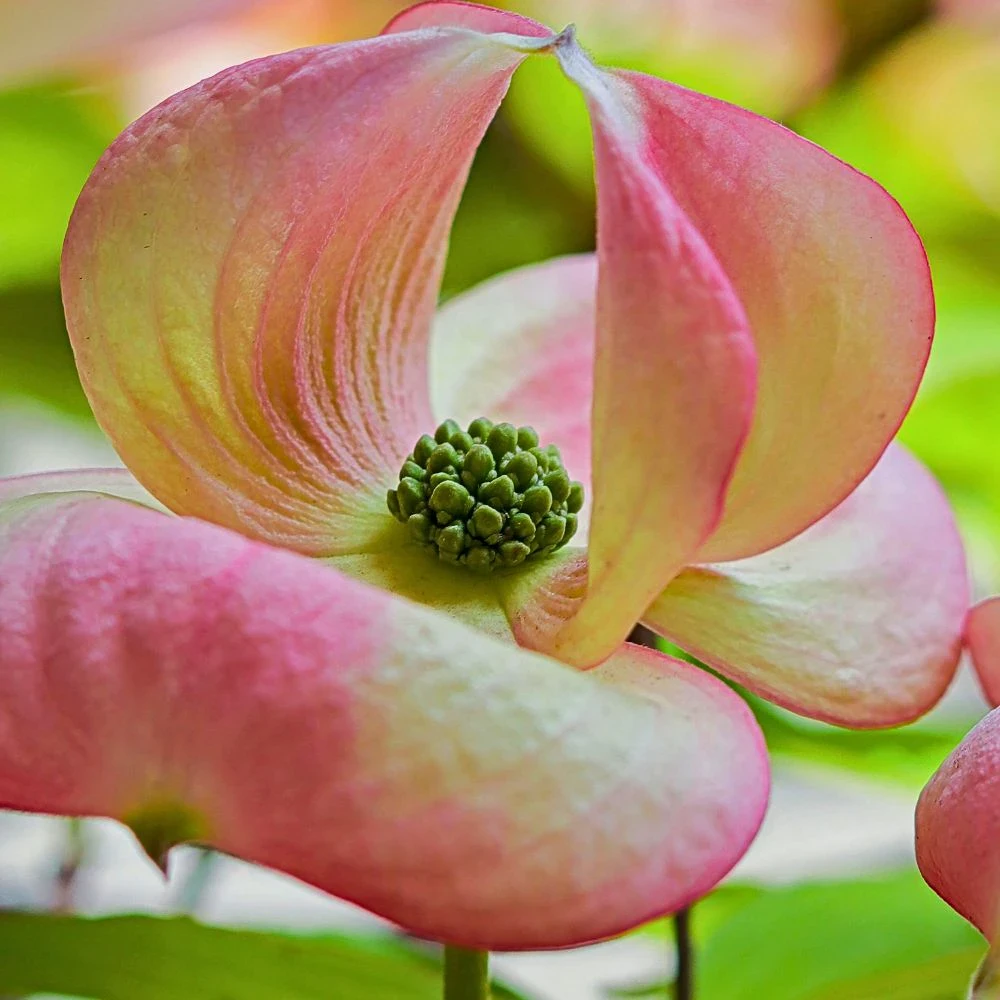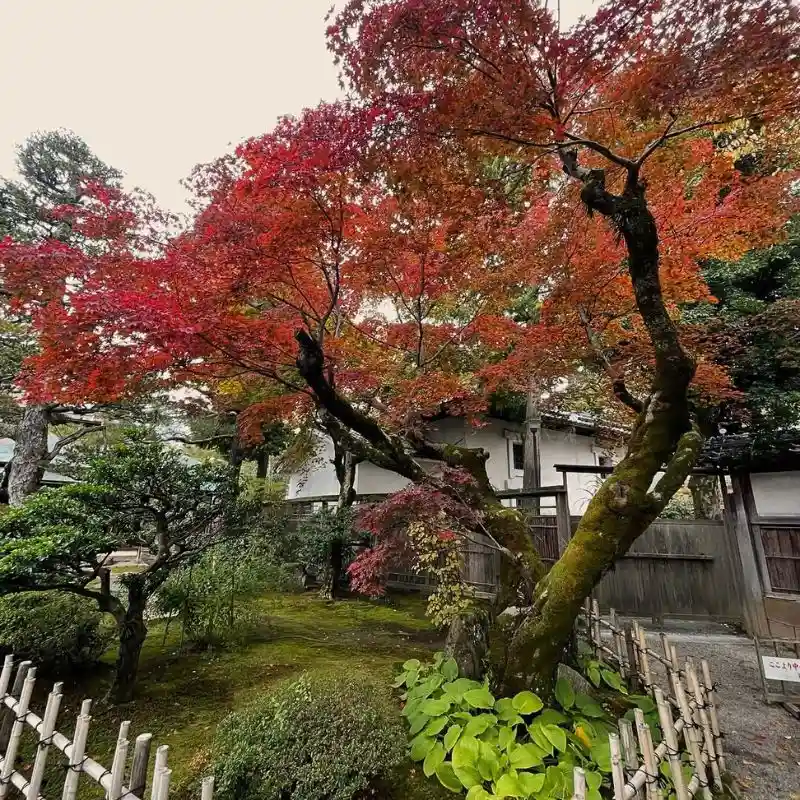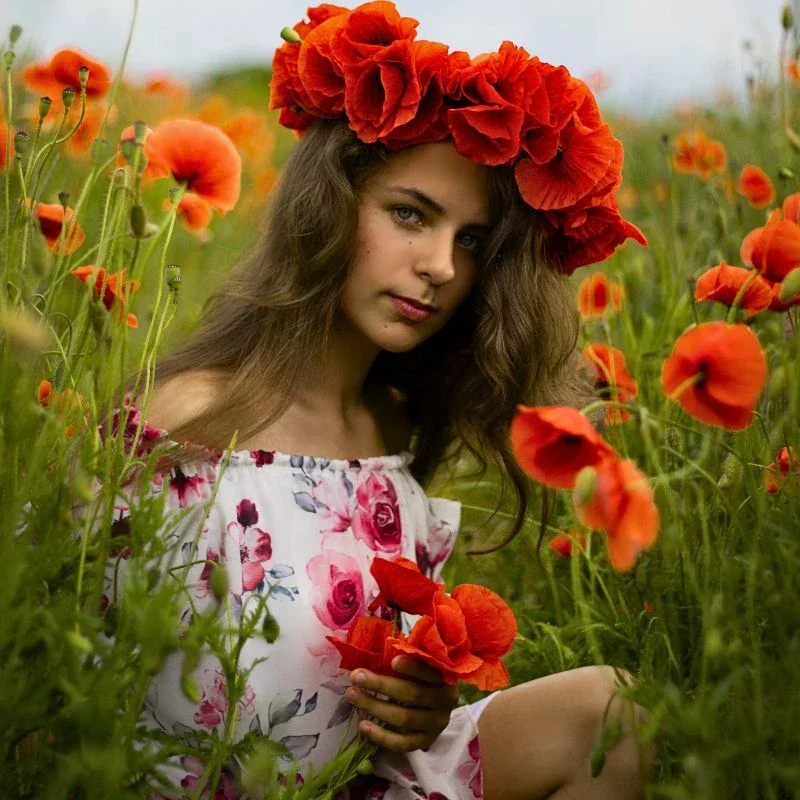Since time immemorial, flowers have been a source not just of inspiration but also a fascination for humankind. In Japan, for instance, the appreciation of flowers goes beyond their aesthetic appeal. While the concept of floriography is widely known, the Japanese have an almost-similar, yet unique and elaborate language known as 'hanakotoba'.
Hanakotoba assigns specific meanings and symbolism to different Japanese flowers. This intricate form of non-verbal communication allows individuals to convey emotions, thoughts, and sentiments through the arrangement and choice of flowers. While the origins of hanakotoba are somewhat unclear, there are certain theories that attempt to explain this fascinating cultural phenomenon that today influences not only Japanese society but also has its mark on different cultures worldwide.
The Origins of Hanakotoba
The concept of hanakotoba, which literally translates to ‘the language of flowers,’ is believed to have initially been presented to the country from China several centuries ago. In Japan, it can be traced back to the Heian period (794-1185) when the aristocracy developed a keen interest in the subtle nuances of communication, and when the practice of Ikebana just started emerging.
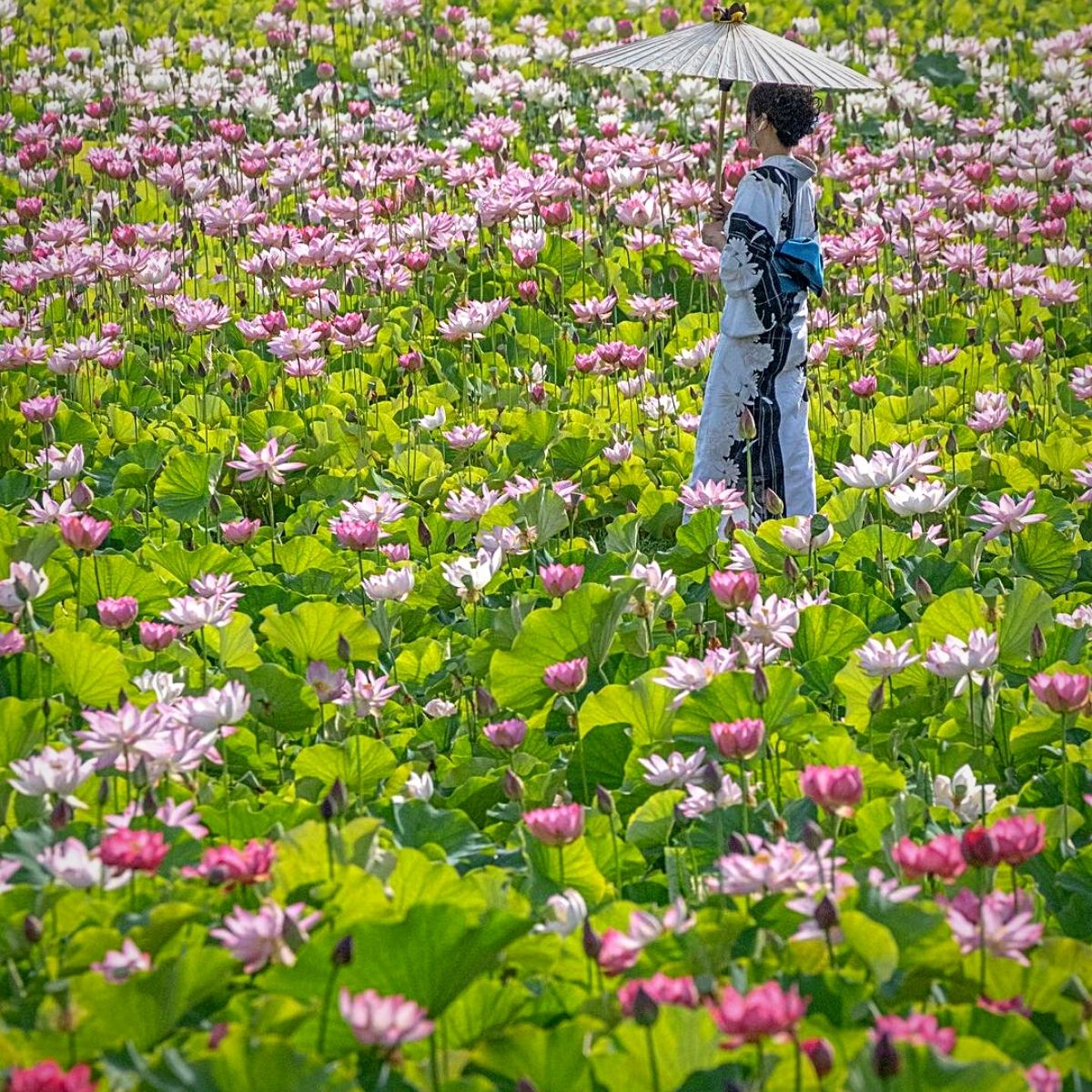
During this time, an intricate system of non-verbal communication, known as ‘kotodama,’ gained prominence. Kotodama focused on the power of words and their underlying meanings, and it was during this period that the idea of assigning specific meanings to flowers began to emerge.
Hanakotoba gained widespread popularity during the Edo period (1603-1868) when the ikebana flower arrangements gained more prominence in art and became an integral part of Japanese culture. Consequently, it found its place alongside ikebana, as both practices complemented each other. Poets and writers soon began integrating hanakotoba into their works. This further solidified its importance within Japanese literature.
During the Meiji Period between 1868 and 1912, the concept of hanakotoba was elevated even more, going on to flourish into what it now is.
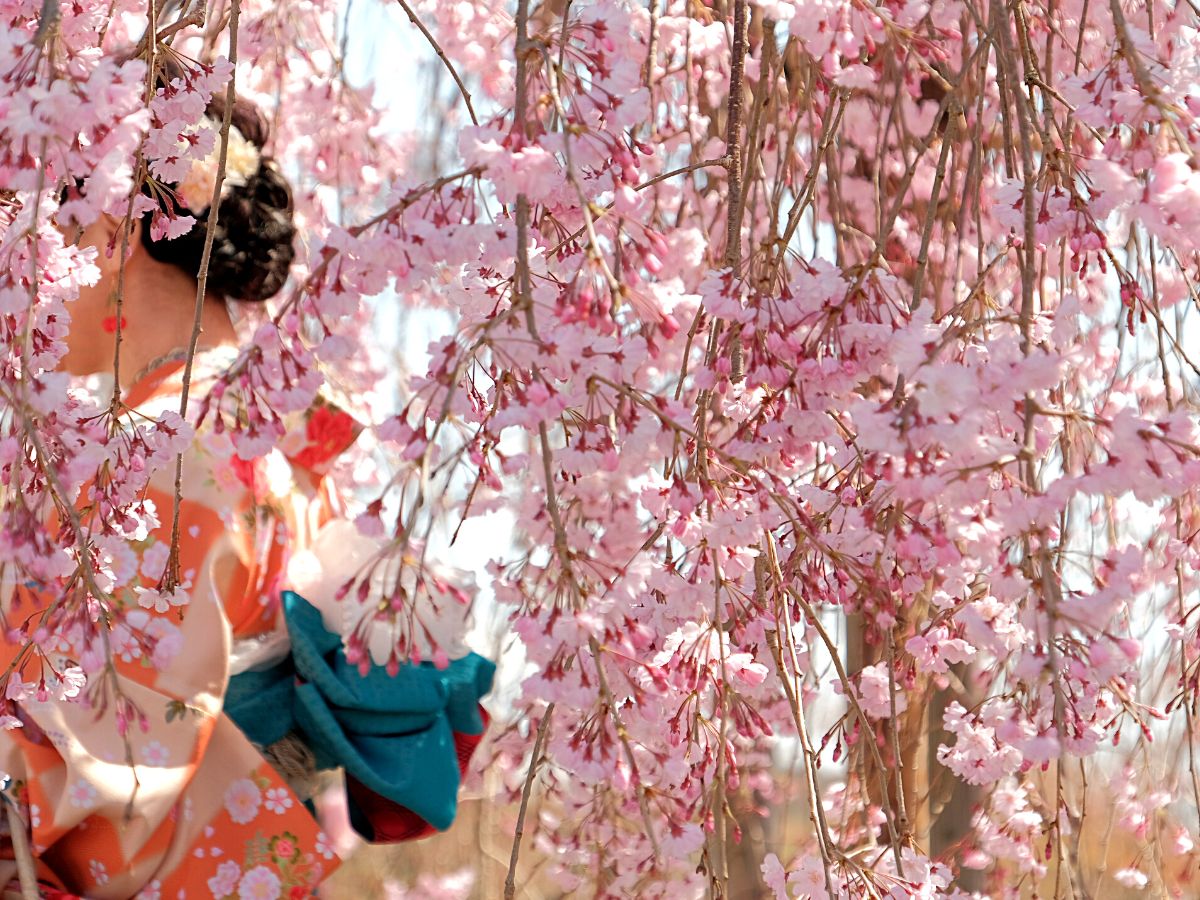
Hanakotoba in Practice, Even Beyond Japan
In traditional Japanese cultures, flowers play a crucial role in different ceremonies, and this idea is deployed in such cases. For example, cherry blossoms symbolize the transient nature of life and are prominently featured during Hanami, the annual cherry blossom viewing festival. Similarly, Chrysanthemums are associated with autumn and are used to honor ancestors during Obon festivals.
Hanakotoba also allows individuals to express their feelings without explicitly stating them. Gifting specific flowers with carefully chosen meanings can convey love, gratitude, sympathy, or even apology. For instance, red roses symbolize passionate love, while white lilies represent purity and innocence.
It also extends beyond personal gestures and is deeply ingrained in Japanese culture, where flowers are used to communicate messages in various art forms, such as painting, calligraphy, and textiles. They are also woven into kimono designs, representing different seasons and occasions. Not to forget the well-known ikebana designs.
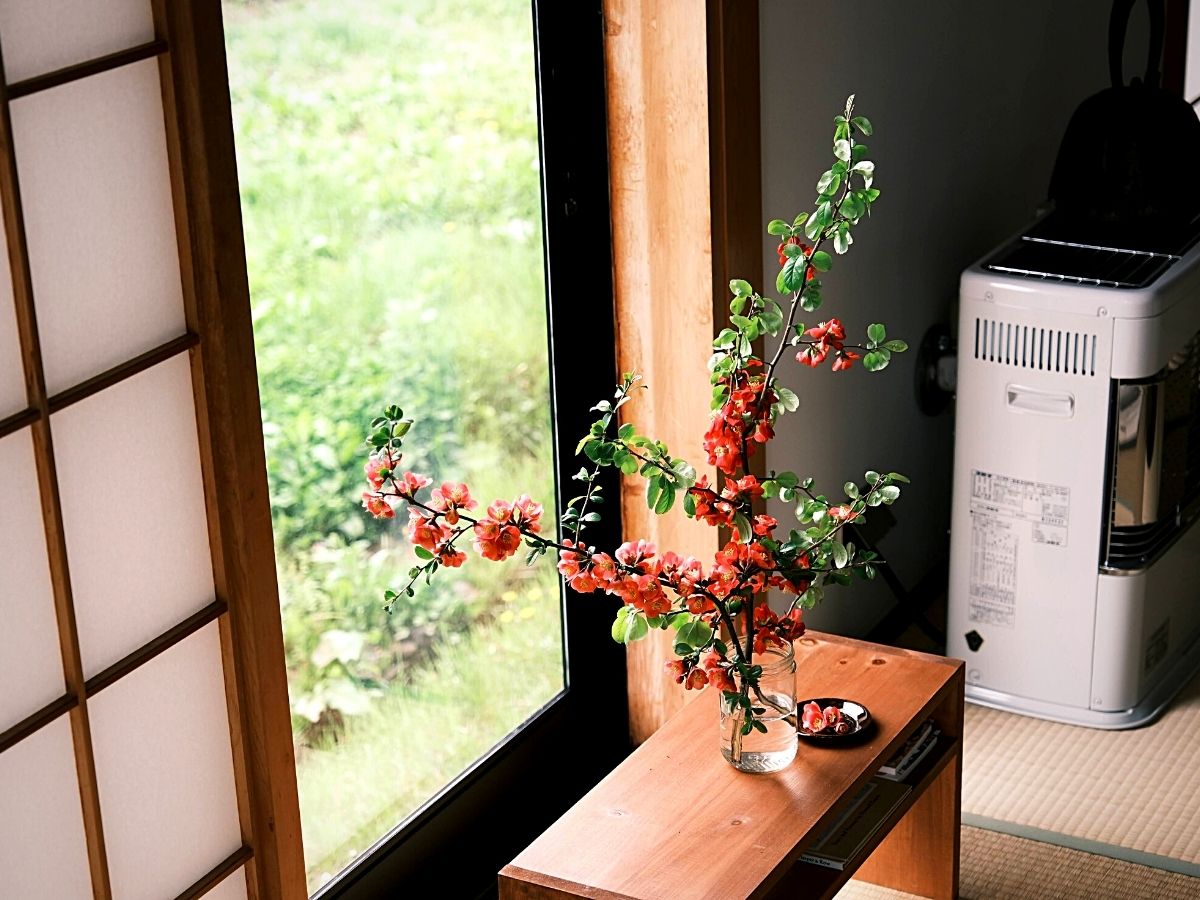
This concept of assigning meanings to flowers has grown and can be found in other cultures as well. Victorian England, for instance, embraced the language of flowers during the 19th century, in what is called floriography. This idea became a popular means of secret communication, allowing people to express emotions that societal norms often suppressed.
In modern times, hanakotoba continues to influence floral arrangements, which are carefully curated for weddings, funerals, and other important events. The choice of flowers carries deep symbolism and cultural significance.
Applications of Hanakotoba in Culture and Art
Hanakotoba has applications in various aspects of Japanese culture and life. These applications have, in recent days, been incorporated in other contemporary contexts worldwide.
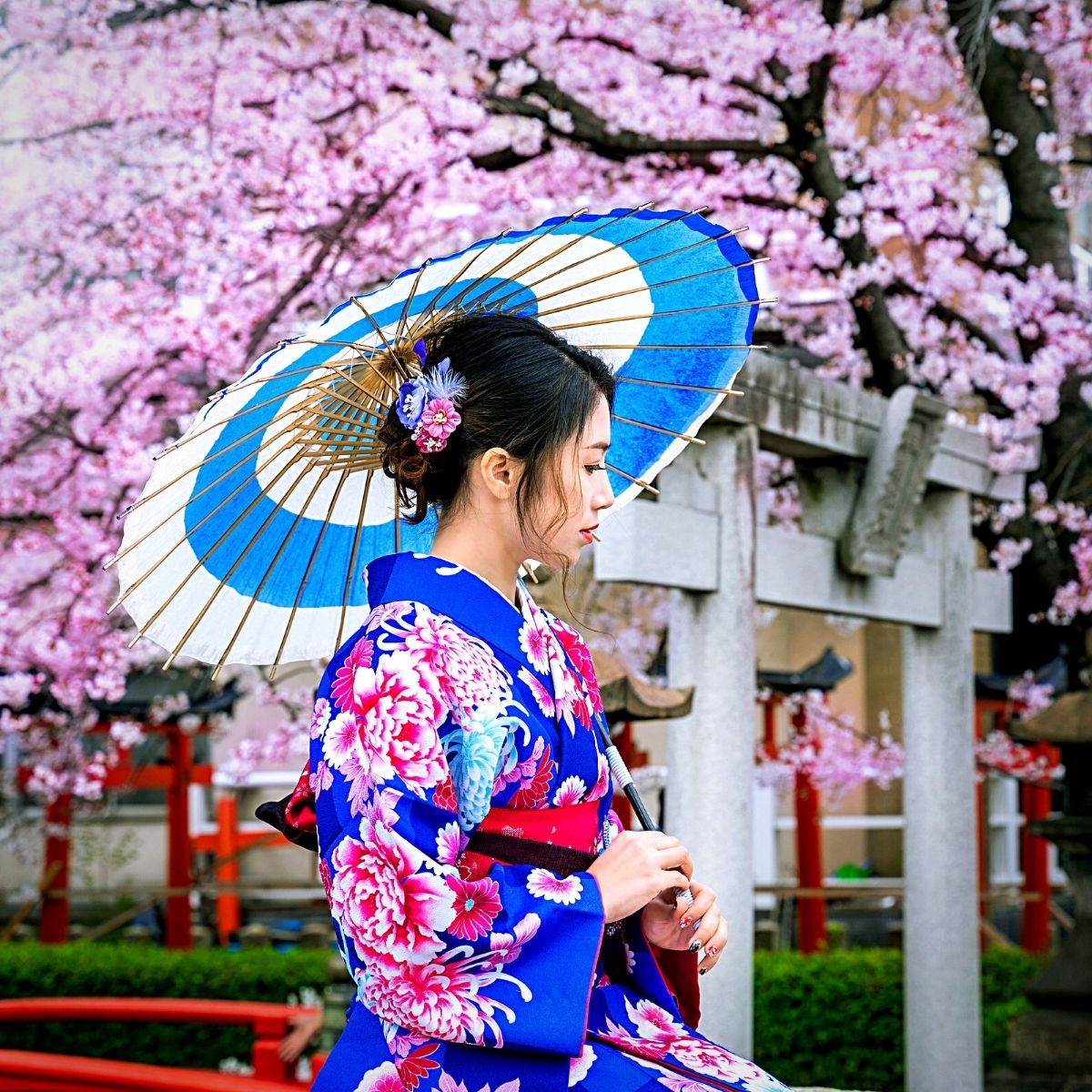
Ikebana
In ikebana, the arrangement of flowers is not just about aesthetics but also about conveying messages and symbolism through the choice and placement of flowers, and hanakotoba adds meaning and depth to the ikebana arrangement.
Each flower or plant used in ikebana carries a symbolic meaning, which can be based on its color, shape, scent, or cultural associations. For example, cherry blossoms (sakura) represent beauty and the fleeting nature of life, while Chrysanthemums symbolize endurance and rejuvenation.
Hanakotoba also allows the ikebana artist to express specific emotions or sentiments through the arrangement by combining flowers with complementary meanings to create a pleasant composition that conveys a particular mood or message. For instance, combining red roses (love) with white lilies (purity) may express a sentiment of pure and passionate love.
Deeply rooted in Japanese culture and history, the concept of hanakotoba also draws upon traditional associations and connotations that have been passed down through generations. Incorporating it into ikebana helps artists pay homage to these cultural traditions and enrich their work with a sense of heritage and authenticity.
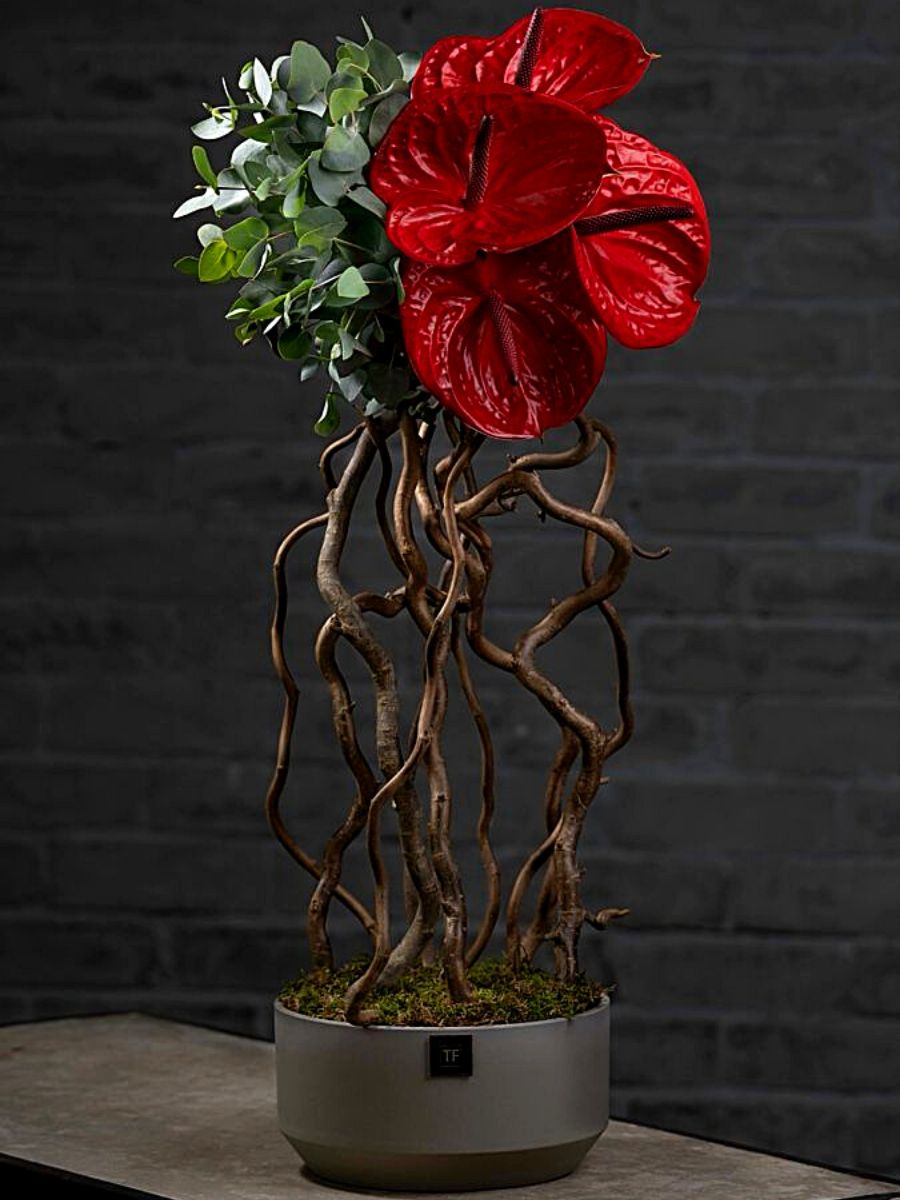
It also allows ikebana artists to infuse their personal experiences and interpretations into their arrangements through their careful selection of flowers based on their meanings. Artists can create unique compositions that reflect their thoughts, feelings, or narratives, which adds a personal touch to the ikebana arrangement and makes it a form of self-expression.
Kanzashi
Kanzashi is a traditional Japanese hair accessory that is often adorned with flowers and other decorative elements. The use of hanakotoba in kanzashi adds symbolism and meaning to these hairpieces.
In kanzashi, hanakotoba allows for the selection of specific flowers and plants based on their symbolic meanings, with each bloom carrying its own meaning. By integrating them into kanzashi, the wearer expresses certain sentimentalities or qualities. For example, the Sakura represents prettiness and the ephemeral nature of life, while plum blossoms (ume) symbolize perseverance and strength.
In choosing flowers with particular meanings, the wearer can express their personality, emotions, or desires through their kanzashi. They can create a unique piece that reflects their individuality or conveys a specific message, making it a form of expressiveness and a way to communicate non-verbally.
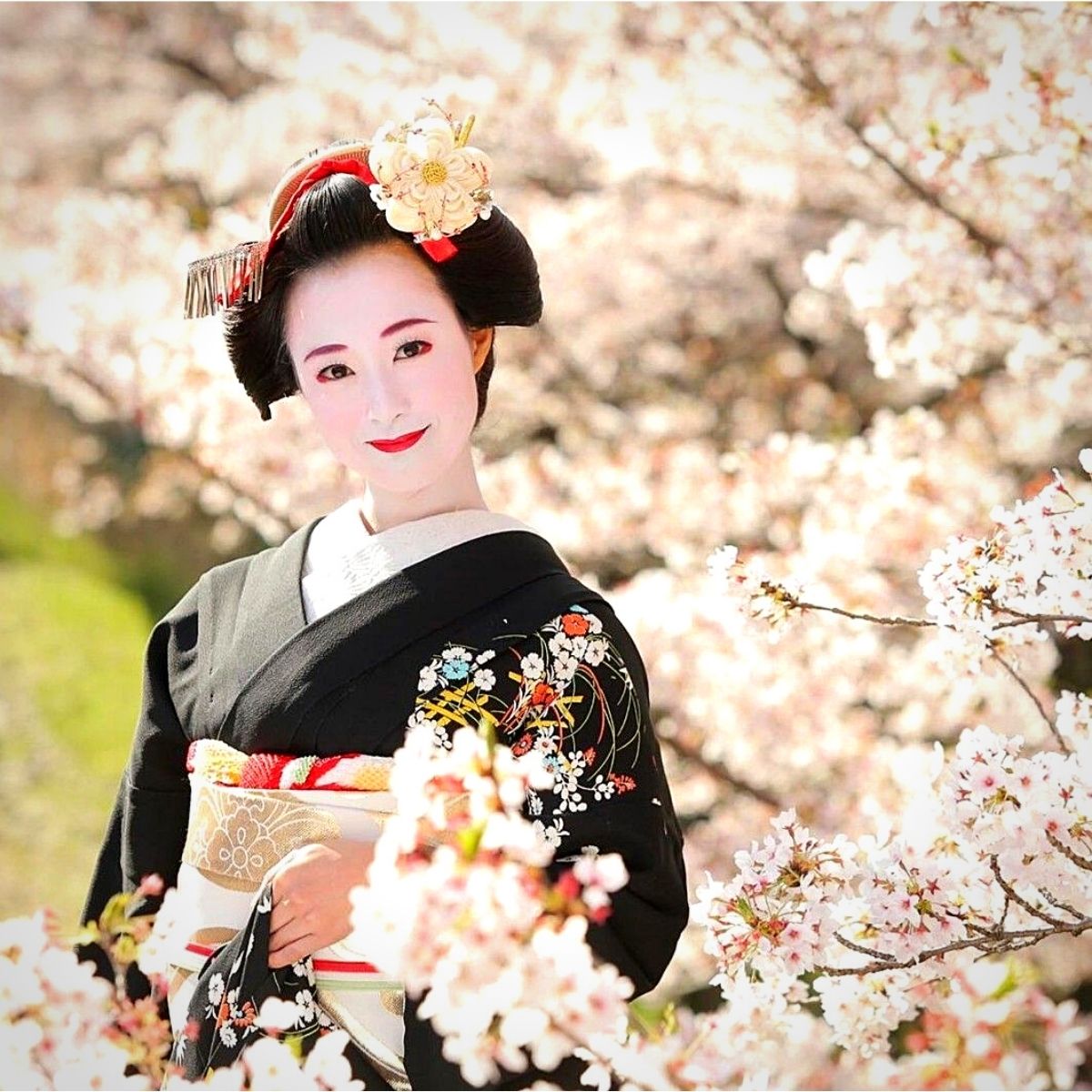
Hanakotoba in kanzashi is also deeply rooted in Japanese culture and traditions. It connects the wearer to the rich heritage and symbolism associated with flowers in Japan. Wearing kanzashi adorned with flowers that hold cultural significance helps one showcase their appreciation for Japanese customs and aesthetics.
Also, hanakotoba is not only about the meaning of individual flowers but also about the overall composition and harmony of the kanzashi. The choice of flowers and their arrangement in relation to each other plays a crucial role in creating a visually pleasing and balanced design. It guides the selection and placement of flowers to ensure that the kanzashi achieves a pleasant and appealing appearance.
Different flowers are associated with specific occasions or events in hanakotoba. And by having those flowers in a kanzashi, the wearer can convey their intentions or mark a particular occasion. For instance, peonies (botan) represent prosperity and are often used in kanzashi for weddings or celebratory events.
Kimono
Hanakotoba can also be incorporated into the design and symbolism of the kimono, the well-known traditional Japanese garment.
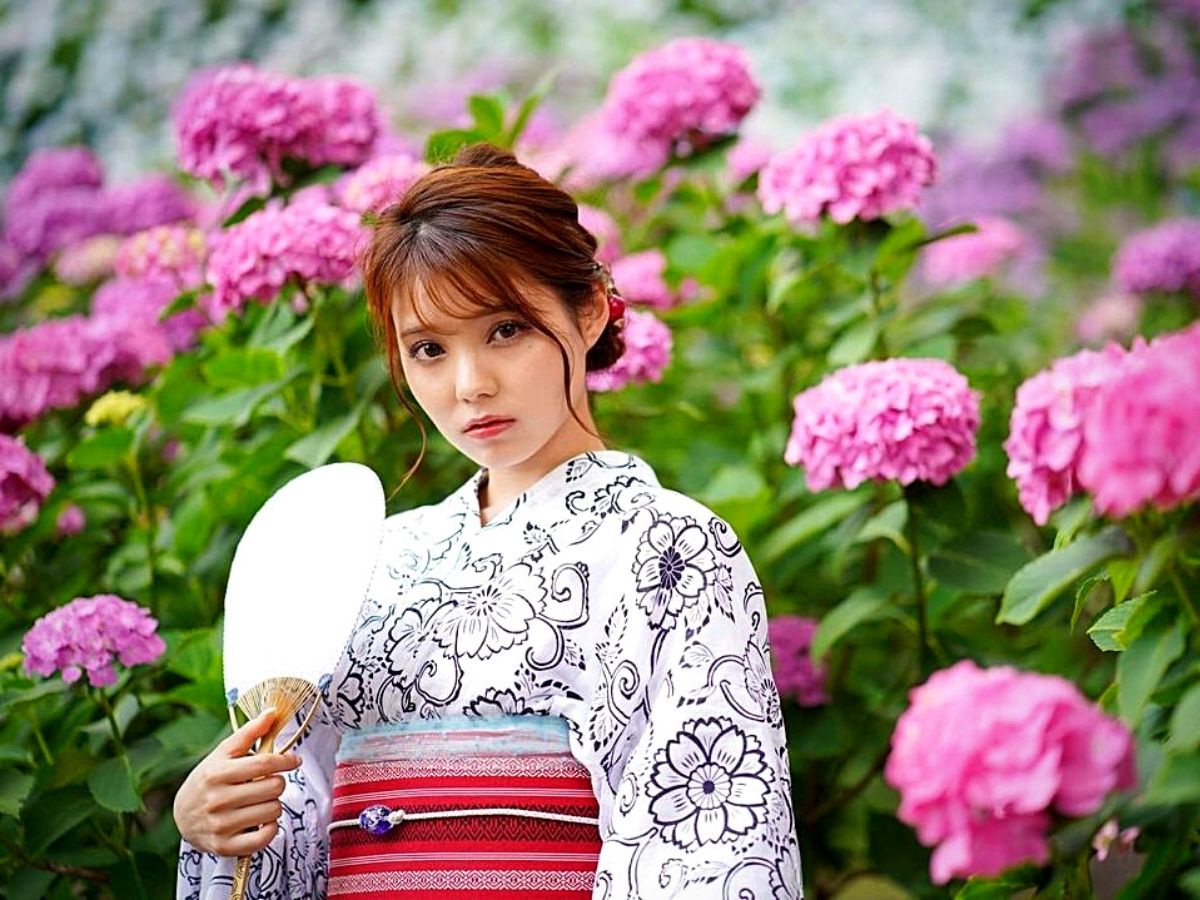
Kimono designs often feature intricate patterns and motifs inspired by flowers and plants. These motifs can be based on specific flowers with their associated meanings in hanakotoba. For example, cherry blossoms, peonies, or Chrysanthemums may be depicted on the fabric, representing their respective symbolism, such as beauty, prosperity, or longevity.
In hanakotoba, different flowers are associated with specific seasons. Kimono designs often reflect this seasonal symbolism by featuring appropriate flowers. For instance, cherry blossoms are commonly seen in spring-themed kimono designs, while maple leaves represent autumn. Wearing a kimono adorned with these seasonal motifs means one celebrates and connects with the natural cycles and beauty of each season.
In addition to specific flower motifs, the colors chosen for kimono fabrics can also carry symbolic meanings associated with hanakotoba. For example, red may represent passion or love, while white signifies purity or innocence. A kimono in certain colors, therefore, means individuals can convey certain emotions or qualities that align with the symbolism of hanakotoba.
Correspondingly, a kimono is an art form that allows for personal expression and creativity; hence, by integrating hanakotoba into the design, individuals can choose patterns and motifs that resonate with them personally. They can select flowers that hold personal significance or reflect their own emotions, aspirations, or experiences.

Moreover, hanakotoba in kimonos is deeply rooted in Japanese culture and traditions, which means wearing a kimono adorned with floral motifs and colors that align with it, individuals showcase their appreciation for Japanese aesthetics and customs. It becomes a way to honor and carry forward the rich heritage of the language of flowers.
Just as flowers hold specific meanings in hanakotoba, certain flowers are traditionally associated with specific occasions or events. A kimono with appropriate floral motifs conveys one’s intentions or marks a particular occasion. For example, a kimono adorned with plum blossoms may be worn during the New Year as a symbol of renewal and hope.
Ukiyo-e
In ukiyo-e, a field of Japanese woodblock prints, hanakotoba is often incorporated to add symbolism and meaning to the artwork. Flowers and plants are commonly depicted in ukiyo-e prints, and the choice of specific flowers can carry figurative significance.
To begin with, different flowers have specific meanings in hanakotoba, and these meanings can be incorporated into ukiyo-e prints. Including these flowers in the prints, ensures that artists can convey their symbolic messages.
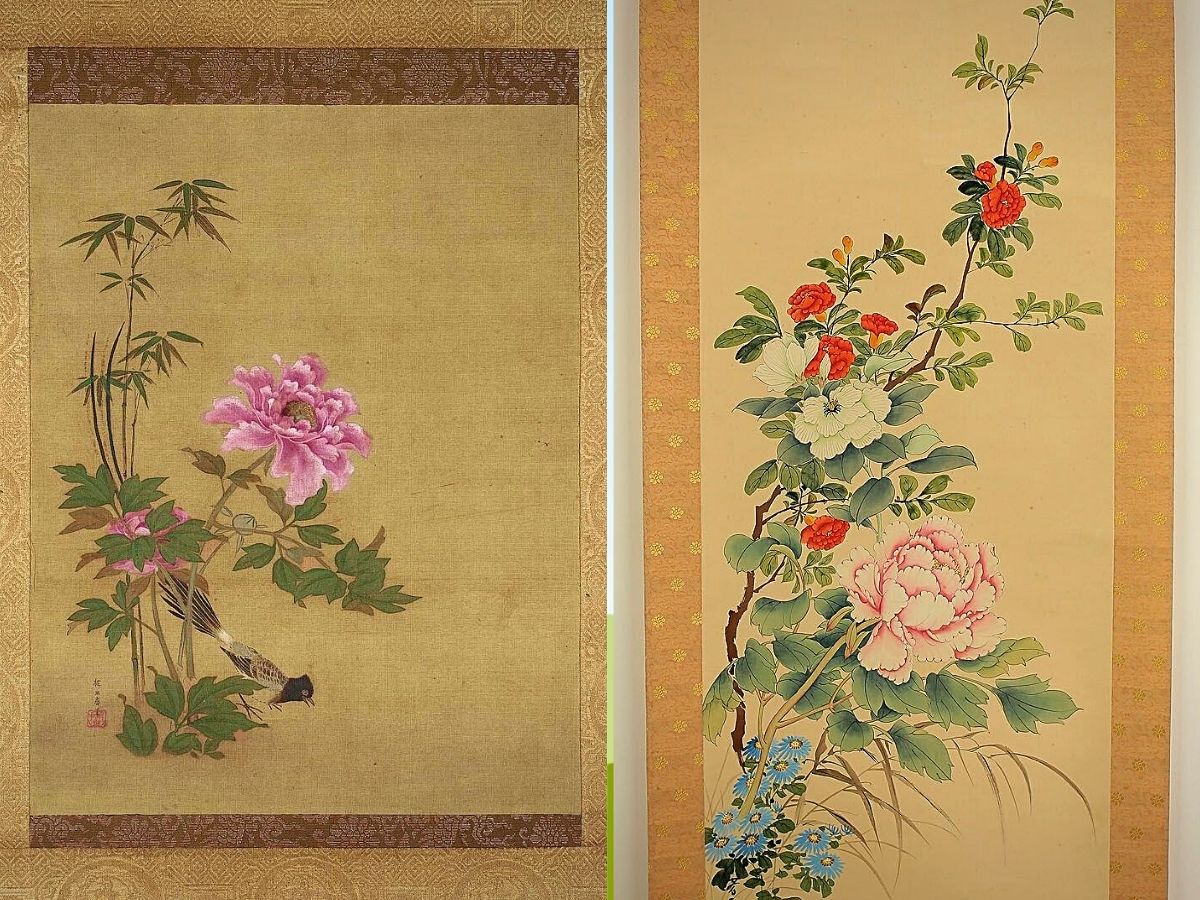
Also, flowers in ukiyo-e prints are often depicted in their seasonal contexts, reflecting the changing seasons. Each flower is associated with a particular time of the year, and its inclusion in ukiyo-e prints can imply the air and mood of that season. For instance, cherry blossoms represent spring, while Chrysanthemums are associated with autumn.
In the same way, flowers and plants are used in ukiyo-e prints to enhance the visual appeal and composition of the artwork. The delicate and elaborate details of flowers can add texture, depth, and a sense of natural beauty to the overall print. The choice of flowers may be based on their visual qualities, such as the vibrant colors or the graceful contours of their petals.
Some flowers hold cultural or historical significance in Japanese culture, and their inclusion in ukiyo-e prints can communicate deeper cultural meanings. For example, the peony (botan) is often associated with wealth, prosperity, and beauty. Featuring peonies in ukiyo-e prints guarantees that artists can convey these cultural associations.
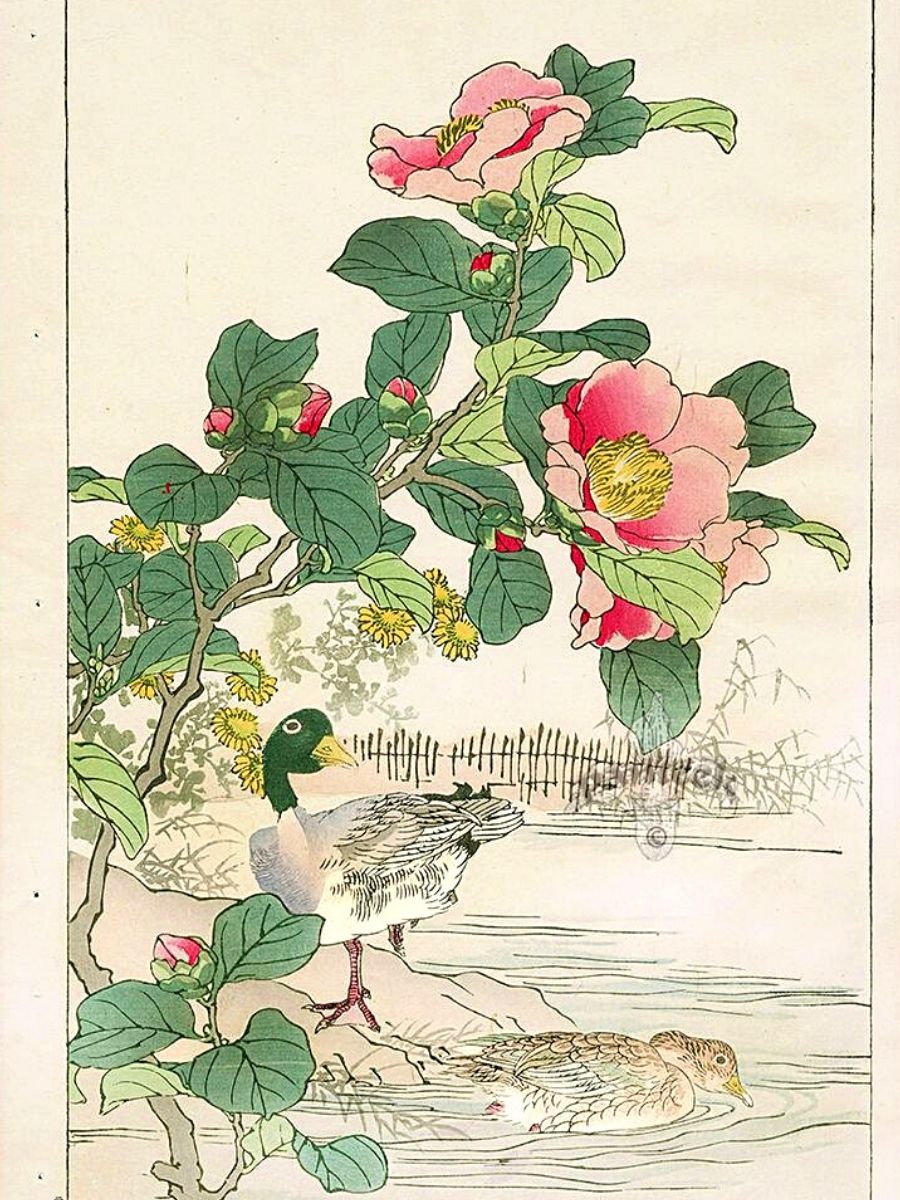
Flowers in ukiyo-e prints, also, work as narrative elements, enriching the story or theme depicted in the artwork. The presence or absence of specific flowers can imply certain emotions, events, or contexts within the narrative, creating a layered visual storytelling experience.
Anime and Manga
In anime and manga, hanakotoba is often used as a symbolic tool to enhance storytelling, depict emotions, or convey hidden messages.
Flowers are often used as visual symbols to represent particular emotions or themes. For instance, a scene featuring cherry blossoms might have a symbolism associated with it, while a character surrounded by vibrant sunflowers could represent optimism or a sunny disposition.
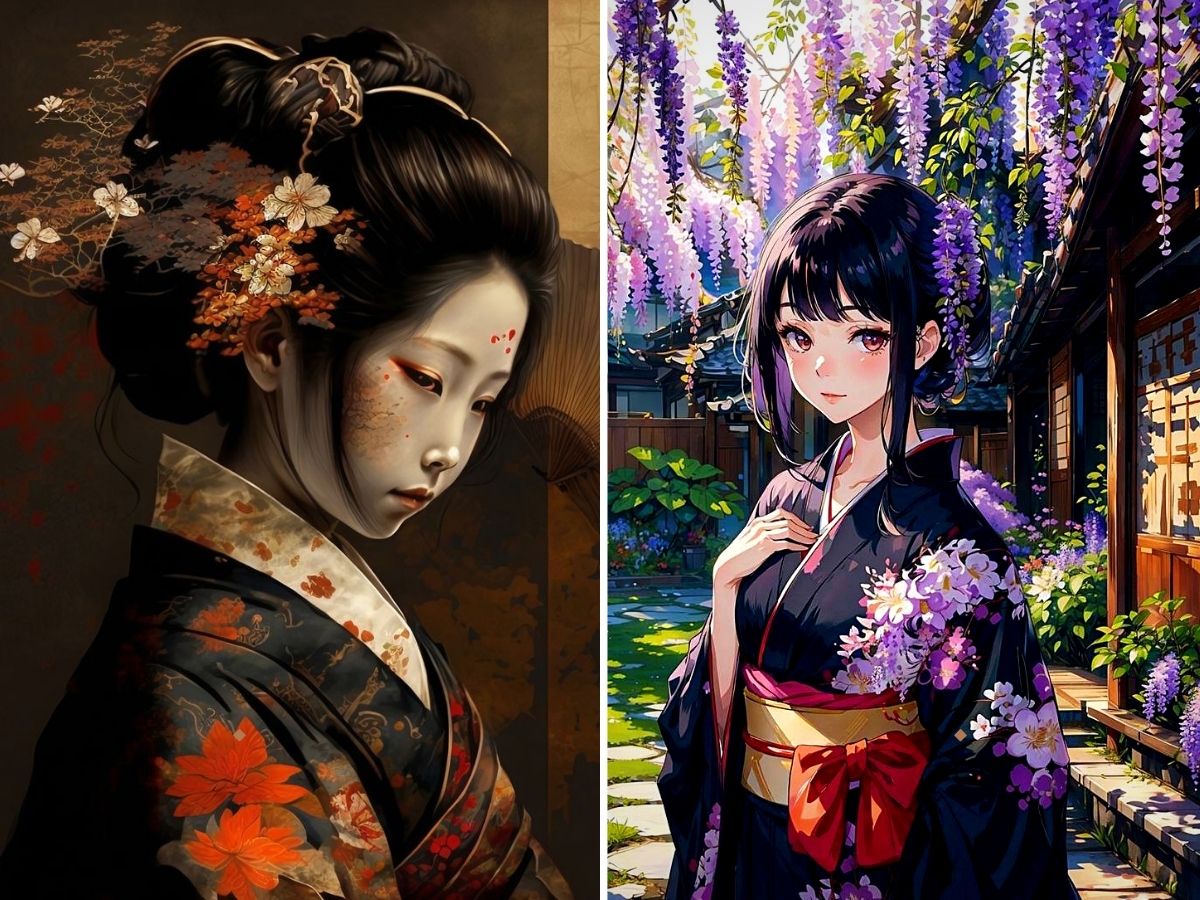
Certain flowers may also be associated with specific character traits or personalities. For instance, a character who is gentle and nurturing might be associated with the Camellia flower, which represents love and gratitude. Alternatively, a character with a mysterious or secretive nature might be associated with a black rose, symbolizing elegance and intrigue.
In romantic storylines, hanakotoba is often employed to convey emotions and messages between characters. For example, a character might offer a bouquet of red roses to express passionate love, while a bouquet of yellow roses might convey friendship or platonic affection.
This language of flowers can sometimes serve as a plot device or a clue within the story. A character might receive a specific flower arrangement that hints at future events or foreshadows a character's intentions or fate.
A Floral Language Understood by All
Away from their natural beauty, flowers – regardless of wherever they are used – certainly have deeper meanings and symbolism.
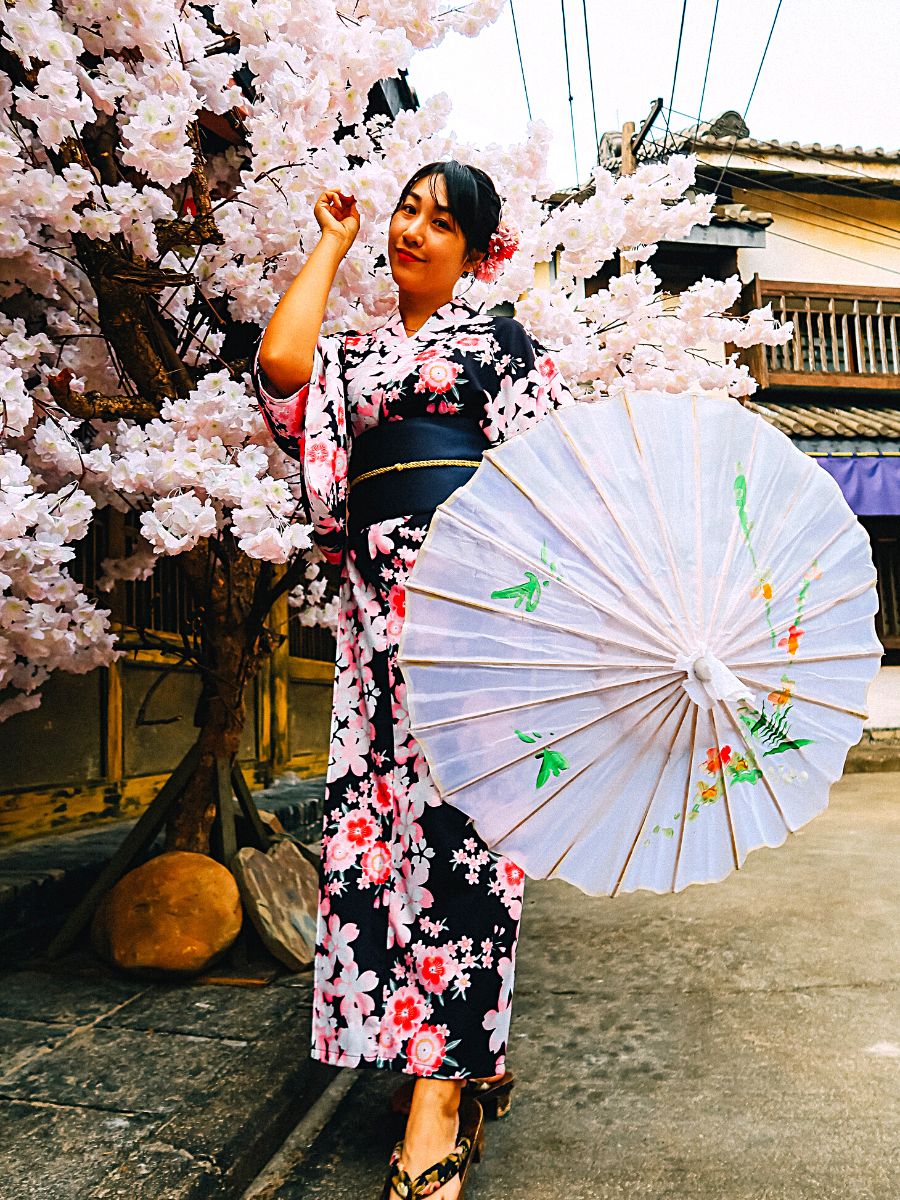
And what other way would suffice in communicating these allegories than through a floral language understood by all?
Feature image by Jason Sung on Unsplash and header image by tawatchai07 on Freepik.

